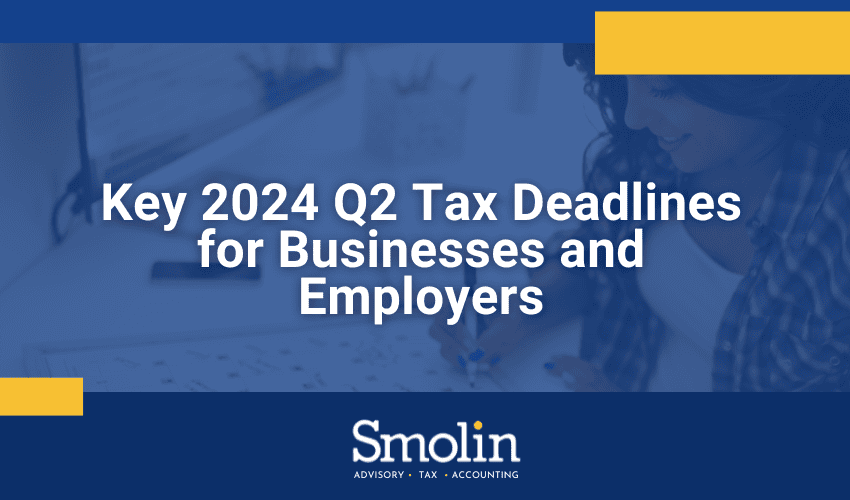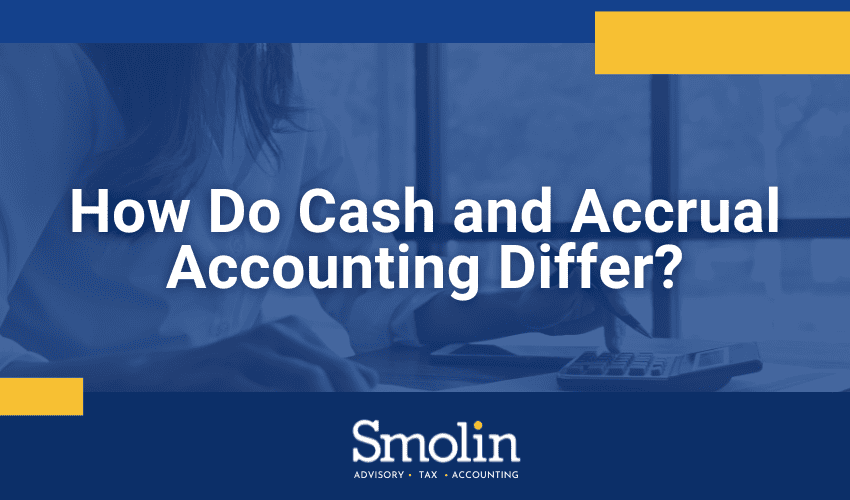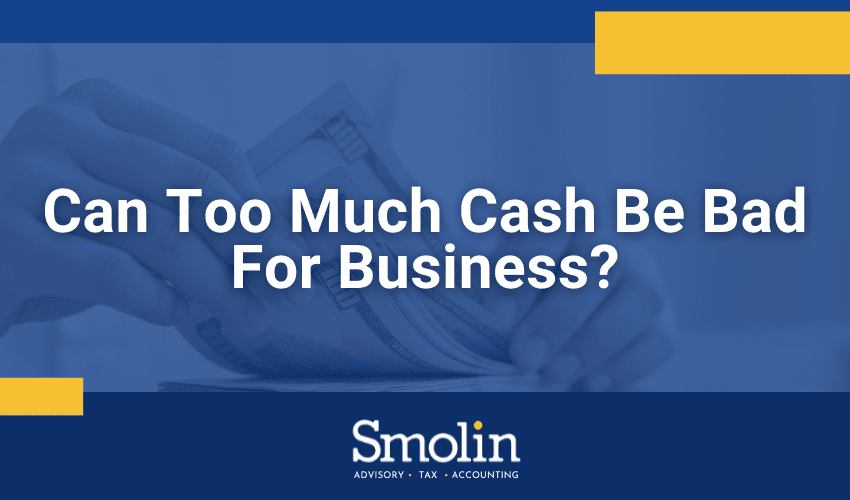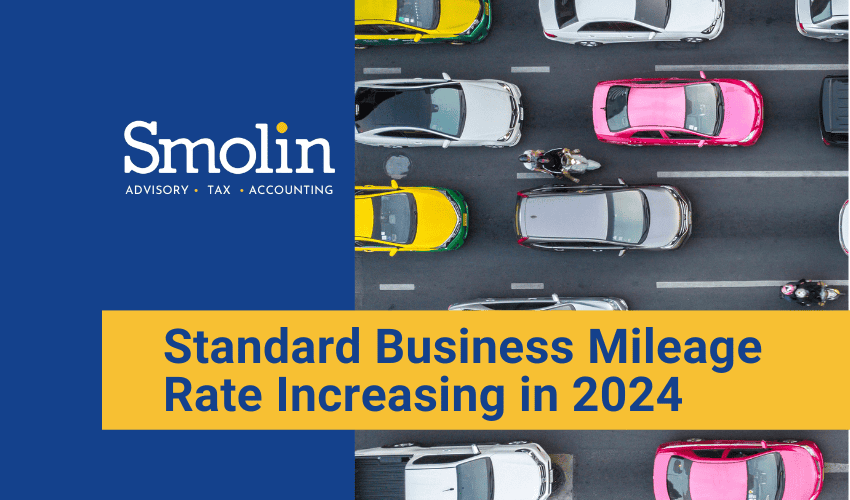Most businesses today rely on websites, but despite their widespread use, the IRS hasn’t provided formal guidelines for deducting their costs.
However, some guidance can be gleaned from existing tax laws that offer business taxpayers insights into the proper treatment of website cost deductions.
Tax implications of hardware versus software
The hardware costs you might need to operate a website fall under the standard rules for depreciable equipment. For 2024, you can deduct 60% of the cost in the first year they are operational under the first-year bonus depreciation break.
This bonus depreciation rate was 100% for property placed in service in 2022, 80% in 2023, and will continue to decrease until it’s fully phased out in 2027 unless Congress acts to extend or increase it.
On the other hand, you may be able to deduct all or most of these costs in the year the assets are placed in service under the Section 179 first-year depreciation deduction privilege. These deductions are subject to certain limitations.
For tax years beginning in 2024, the maximum Section 179 deduction is $1.22 million, subject to a phaseout rule. If more than $3.05 million in 2024 of qualified property is placed in service during the year, the deduction is phased out.
You also need to consider the limit on taxable income as your Sec. 179 deduction can’t be in excess of your business taxable income. The Section 179 deductions can’t create or increase an overall tax loss. However, any portion of Section 179 that can’t be claimed in the current year can be carried forward to future tax years, subject to applicable limitations.
Purchased software is generally treated similarly to hardware for tax purposes but there is a key difference when it comes to software licenses. Payments for licenses used on your website are typically considered ordinary and necessary business expenses, which means they can usually be deducted as business expenses for the current tax year.
What about software developed internally?
If you develop your website in-house or hire a contractor with no financial risk for the software’s performance, bonus depreciation might apply as explained above. If bonus depreciation doesn’t apply, taxpayers have two options:
- Immediate deduction. Deduct the entire cost in the year you pay or incur it.
- Amortization. Spread the cost over a five-year period, starting from the middle of the tax year when the expenses were paid or incurred. This is generally the only option if bonus depreciation does not apply.
There is an exception for advertising, though. If your website’s primary purpose is advertising, you can typically deduct the full development cost as an ordinary business expense.
What if you pay a third party?
Many businesses outsource website management to third-party providers. In these instances, payments made to those providers are typically considered ordinary and necessary business expenses and are deductible.
What about expenses before business begins?
Start-up costs can include website development expenses. You can generally claim up to $5,000 of these expenses in the year your business begins. However, if your total start-up costs exceed $50,000, this $5,000 is gradually reduced. Any remaining start-up costs must be capitalized and spread out (amortized) over 60 months, starting from the month your business officially launches.
Determining business expenses and deductions can be a complex process. Reach out to your Smolin advisor for help finding the appropriate tax treatment of your website costs.









